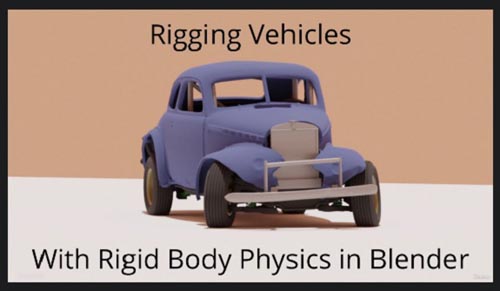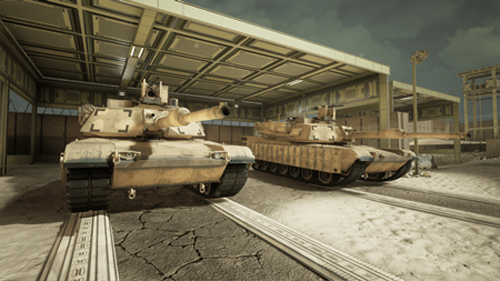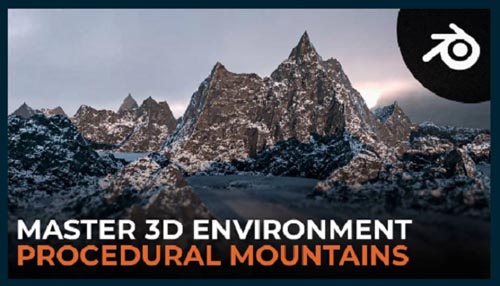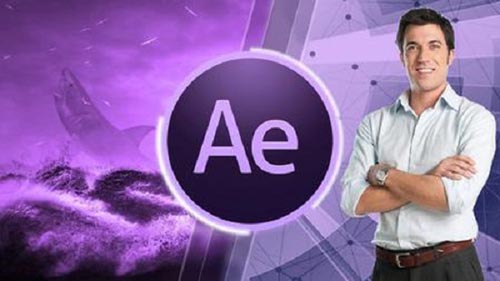Udemy - Rigging Vehicles with Rigid Body Physics in Blender 3.0
Posted on Jun-11-2022 17:12 | by BNNGUYEN
Udemy - Rigging Vehicles with Rigid Body Physics in Blender 3.0

Udemy - Rigging Vehicles with Rigid Body Physics in Blender 3.0
Duration 9h 30m MP4
Info:
What you'll learn
Learn how to rig and tune 5 different vehicles that you can "drive" in real time
Create accurate, simulated suspension geometries - Trailing arm, Double wishbone, Solid Axle, MacPherson Strut and Twist Beam
Learn the basics of suspension design
Learn techniques that will allow you to efficiently rig a drivable vehicle in about 30 minutes
Techniques in this course can be expanded to other machinery eg robots, cranes etc.
Learn the basics and caveats of Rigid Bodies and Rigid Body Constraints in Blender
Requirements
Blender 3.0+
Some experience in Blender is helpful but not required
No Addons required
Starts with the basics of Rigid Bodies
Description
This course will walk you through a more realistic way of rigging your vehicle using Blender's Physics engine. By using Rigid Bodies and Rigid Body Constraints, you can literally drive your vehicle through your scene. This method lets the physics engine calculate all the vehicle's motion like, camber angles, wheel speeds, body roll, brake dive etc, making your vehicle's motion much more realistic!
The techniques used in this course are aimed at making the finicky nature of using Rigid Bodies more manageable and efficient. While some knowledge of Blender is helpful, this course starts from beginner friendly introductions to Rigid Bodies and Constraints.
Blender 3.0+ is recommended, no addons required. Only very light modeling is used, course includes all the models used. Completed .blend files included for all applicable lectures. All vehicles are based on 3d Scanned real vehicles.
This course goes over:
Rigid Bodies and Constraints
The Rigid Body World
Custom Properties
Drivers
Physics
Vehicle Suspensions
Armatures and Inverse Kinematics
A few different suspension types are explored: Double Wishbone, Solid Axle, Trailing Arm, MacPherson Strut, and Twist Beam.
By the end of the course you will be able to "drive" a vehicle around a dynamic scene all by adjusting driver inputs: Acceleration, Braking, Steering, Parking Brake and Target Speed. An experimental section to control your vehicle using an XBox One (or similar) controller is also included (only tested in Windows).
Who this course is for:
Blender users that want to more accurately simulate the motion of a vehicle
Blender users who want to learn how to simulate complex mechanical systems with rigid bodies
Blender users who enjoy learning unique ways of doing things!
DOWNLOAD HERE :
https://rapidgator.net/file/4f83e6a1ec53308f413df0fac63b74b9/UdemyRiggingVehicleswithRigidBodyPhysicsinBlender3.0.part1.rar.html
https://rapidgator.net/file/d760eda85f7e28c0e12b6951fb181912/UdemyRiggingVehicleswithRigidBodyPhysicsinBlender3.0.part2.rar.html
https://rapidgator.net/file/02c893b366234277020a8383b6ef736b/UdemyRiggingVehicleswithRigidBodyPhysicsinBlender3.0.part3.rar.html
https://rapidgator.net/file/fc0673b3e4ec37ffa57d2d7613e0b005/UdemyRiggingVehicleswithRigidBodyPhysicsinBlender3.0.part4.rar.html
https://rapidgator.net/file/188fa705bc06f03ecdb84b5c007297b3/UdemyRiggingVehicleswithRigidBodyPhysicsinBlender3.0.part5.rar.html
https://rapidgator.net/file/ecc52b8208524645a734ca8940d9e224/UdemyRiggingVehicleswithRigidBodyPhysicsinBlender3.0.part6.rar.html
ADD COMMENT
 Udemy - Revit Architecture 2022
Udemy - Revit Architecture 2022
 Unreal Engine - Driveable Vehicle Pack ( REDUX ) 2.0
Unreal Engine - Driveable Vehicle Pack ( REDUX ) 2.0
 Skillshare - Create Realistic Looking Mountains in Blender
Skillshare - Create Realistic Looking Mountains in Blender
 Udemy - Adobe After Effects - From Zero to Beyond
Udemy - Adobe After Effects - From Zero to Beyond